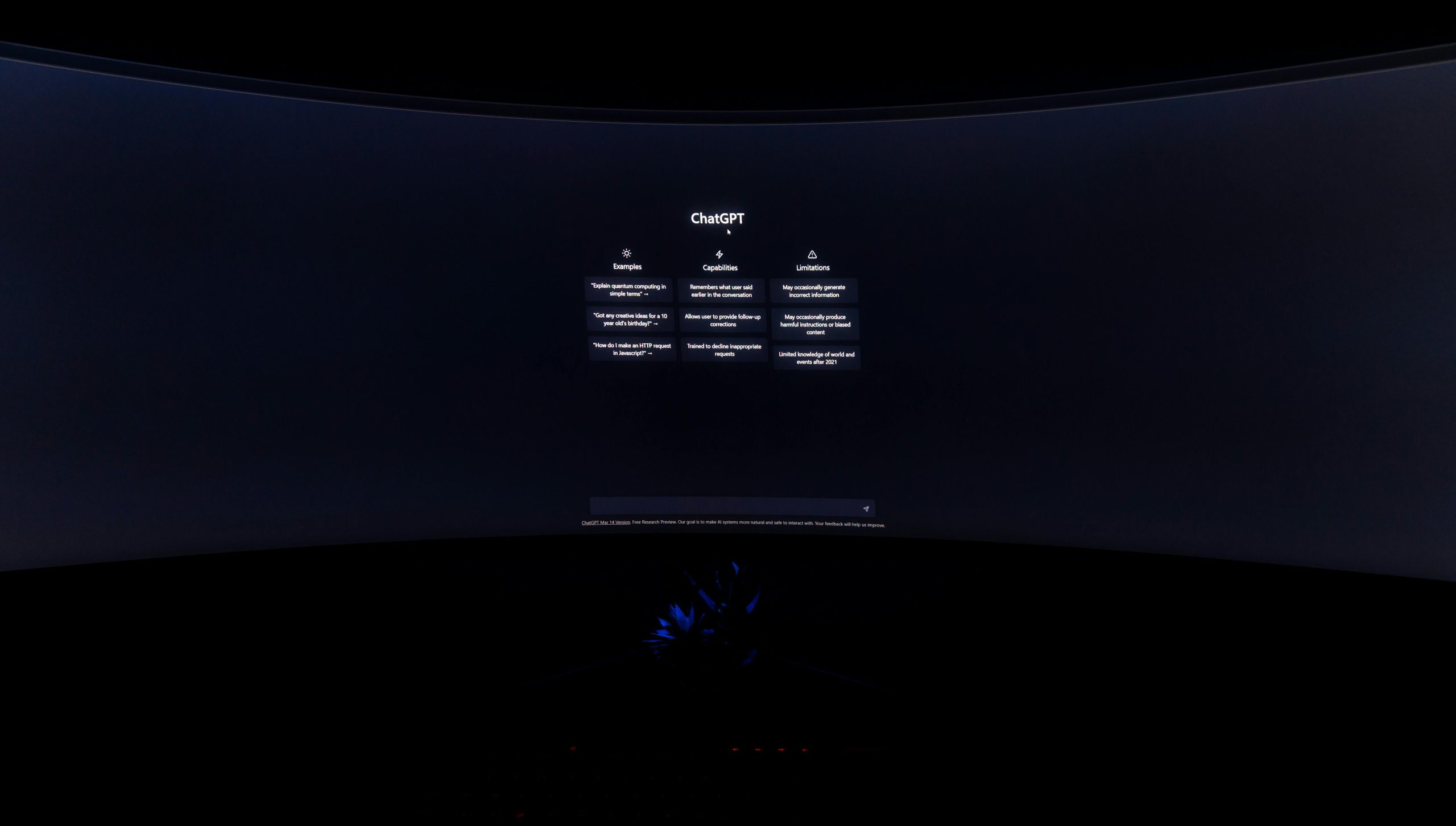Exploring Your Options for Connecting a Second Monitor to Your PC
If you’re looking to expand your workspace by adding a second monitor to your setup, you might encounter some hurdles depending on your current hardware configuration. Let’s analyze your situation and explore viable options for connecting an additional display.
Your Current Hardware Configuration
- Motherboard: MSI B450M Pro
- Graphics Card: NVIDIA RTX 2070 Super
Your Current Setup
Your primary monitor is connected directly to the graphics card via HDMI. You’ve attempted to utilize additional HDMI ports and a USB 3.0 to HDMI converter, but those have not been successful due to hardware limitations.
Challenges You’re Facing
-
Limited HDMI Ports: Your RTX 2070 Super typically offers multiple HDMI and DisplayPort outputs, but if additional HDMI ports are not functioning, this limits straightforward connections.
-
USB-to-HDMI Converter Limitations: Since your USB 3.0 port doesn’t support DisplayPort Alt Mode, a USB to HDMI adapter relying on DisplayPort Alt Mode cannot work effectively.
Potential Solutions for Connecting a Second Monitor
1. Utilize Available Display Outputs
Check your graphics card for extra display outputs. The RTX 2070 Super usually has a combination of HDMI and DisplayPort connections. If your second monitor supports DisplayPort, using a DisplayPort cable directly from the GPU would be optimal.
2. Employ a USB 3.0 to DisplayPort Adapter
While your current USB port may not support DP Alt Mode, some specialized USB 3.0 to DisplayPort adapters are designed to work with certain systems, albeit with potential limitations. Before purchasing, verify compatibility with your motherboard and USB standard.
3. Consider a USB-to-HDMI Adapter with Active Conversion
Some high-quality USB-to-HDMI adapters utilize active conversion technology, allowing connection without relying on DP Alt Mode. These often come with dedicated drivers and can provide reliable performance for general productivity.
4. Use a DisplaySplitter or Docking Station
A USB docking station or a multi-display hub can expand your connectivity options. These devices often include multiple video outputs (HDMI, DisplayPort, DVI) and connect via USB 3.0 or USB-C (if supported). Ensure the docking station is compatible with your system.
5. Upgrade or Add a Second GPU or External GPU Solution
If multiple monitors are crucial for your workflow and hardware limits are restrictive, consider upgrading your GPU or adding an external GPU enclosure.
Share this content:



